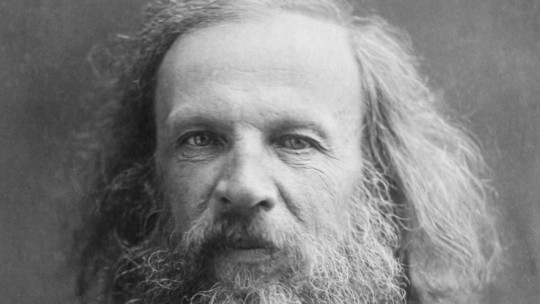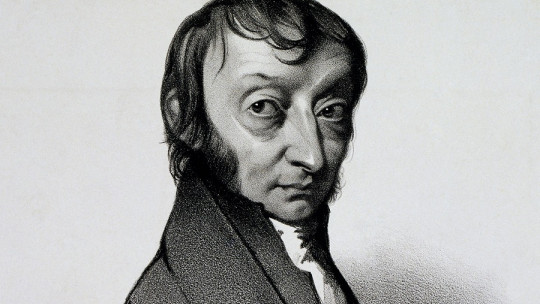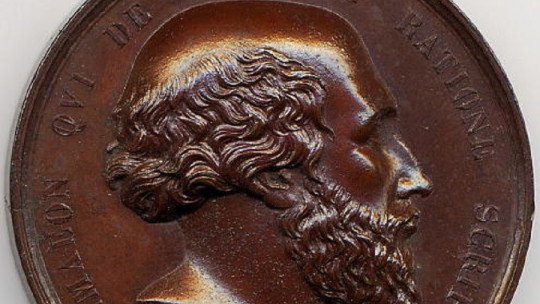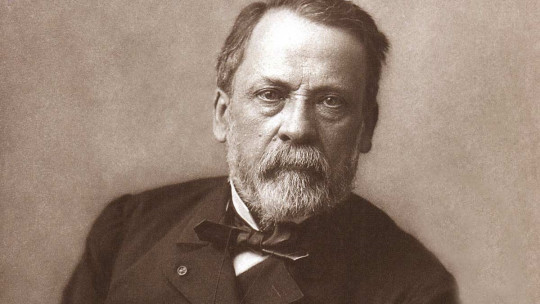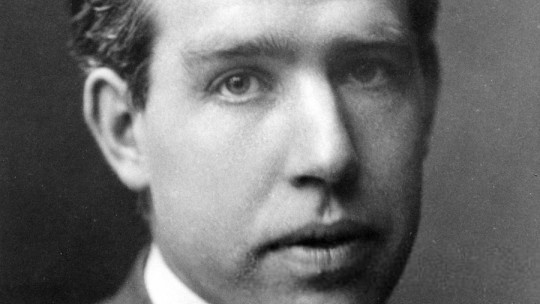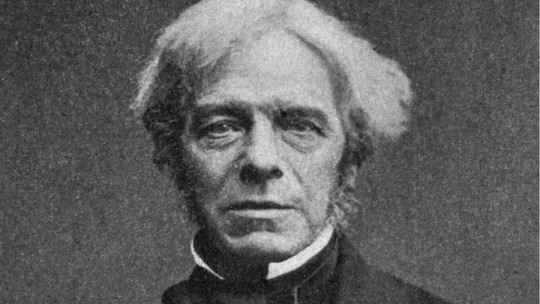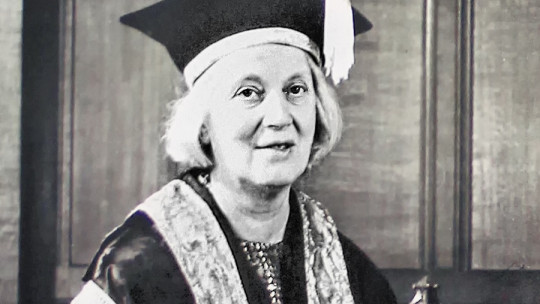Probably a large part of the people reading these lines will have seen, studied or worked with the periodic table, which lists the different elements arranged by their atomic weight and valence. Although today we see this table as something that, although complex, represents a logical arrangement and we take its veracity for granted, the truth is that its creation is very recent at the time that it was originally little taken into account.
The author of this table is the famous chemist Dimitri Mendeleev, whose biography we are going to do a brief review of in this article.
The biography of Dimitri Mendeleev
Dmitri Mendeleev, whose full name was Dmitri Ivanovich Mendeleev, was born on February 8, 1834 of our Gregorian calendar in Tobolsk, Siberia Born into a large family, he was the youngest of seventeen children of the school director Ivan Pavlovich Mendeleev and Mariya Dmitriyevna Kornilevas.
During the same year of his birth, his father lost his job as well as his vision, which led to a somewhat precarious situation for the family. Fortunately, her mother went on to run a glass factory owned by her family. This generated a certain curiosity in little Mendeleev, and her mother often took him with her to the factory.
In said factory he would meet one of the chemists who worked there something that would end up generating in the young man (along with the influence of an exiled brother-in-law) a great interest in scientific topics.
Early education
Regarding his childhood education, the young Mendeleev was already there. showed some interest in aspects such as mathematics and physics However, the scores in the rest of the subjects were rather low. Despite this, he managed to graduate from high school at that time.
The year 1848 would be a difficult year for the young man, since during it his father died. Furthermore, during the month of December of the same year, the factory managed by his mother suffered a fire that ended with its destruction. The family moved to Moscow, because her mother decided to dedicate her savings to the education of the family’s youngest child.
However, due to his Siberian origin, he was denied access to the University of that city. After that they moved to Saint Petersburg , where for identical reasons he could not access university. However, she was finally able to enroll in the Main Pedagogical Institute of the latter city.
When he was around twenty years old, what would become one of the great chemists in history presented various health problems, including the presence of violent coughs that were sometimes accompanied by blood This made people think of possible tuberculosis, but he managed to recover from his illness (whether or not it was a case of tuberculosis, something that is not entirely clear).
He graduated in 1855, his mother dying shortly before, presenting a thesis About specific volumes. After that he obtained a position as a teacher at a school in Crimea. However, a few months later He moved to the city of Odessa in Ukraine as a teacher at a local high school
In 1856 he obtained a scholarship that helped him move to Germany, expanding his studies at the University of Heidelberg and even owning a laboratory in his own home. At this stage he was able to meet great personalities in chemistry and physics, such as Kirchhoff or Cannizzaro, and even participate in the International Chemistry Congress in Karlsruhe. Later he would return to Saint Petersburg.
Professional life and scientific contributions
In 1864 he was appointed professor of Technology and Chemistry at the Technical Institute of Saint Petersburg and three years later he held the chair of Chemistry at the University of the same city. However, his reformist and liberal-leaning ideas were not liked by the elite of the time, and he was denied incorporation into the Imperial Academy of Sciences.
It would be in 1869 when he published the book Principles of Chemistryin which would formulate his contribution to the best known science, the periodic table This table began by classifying the elements in an increasing way based on their atomic mass, establishing an ordering from lowest to highest and even proposing the existence of elements not yet discovered with properties located between two of those already recognized.
However, although this would be his most recognized contribution, it is not the only one: Mendeleev worked on topics as varied as the expansion of liquids, the search and discovery of the critical point and great contributions that allowed the Russian oil industry to improve.
He also made various contributions such as the preparation of smokeless gunpowder (developing his own formula). However, in 1890 he resigned from his position at the university after a conflict due to his support of student protests.
He retired from political life for a time, but would later work as a government advisor, including the Ministry of Finance. In 93 he obtained the direction of the Office of Weights and Measures (also being a powerful influence in bringing the metric system to Russia). He later explored aspects such as radioactivity (meeting the Curie couple). He was also part of the team that designed the first icebreaker.
Mendeleev was an internationally recognized figure, to the point of having been nominated for the Nobel Prize in Chemistry in 1906 However, the award was awarded to Henri Moissan.
Other aspects that aroused his interest were the exploration and study of solar eclipses or research on fertilizers. Likewise, his study of liquids and their combinations would contribute to generating a specific way of making vodka, which gives it its characteristic 40 degrees of alcohol.
Personal life
Dimitri Mendeleev had a complicated life, not only professionally but also personally. He was forced by one of his sisters to marry in 1862 with Feozva Nikitichna Leschiova, with whom he had a stormy and difficult relationship and from whose relationship three children arose (one of whom died). However, nine years later they separated.
At this time, when he had already separated but not yet divorced, he fell in love with Anna Ivanovna Popova, a music student with whom he had a relationship. His still-wife initially refused to give him a divorce, although she granted it four years later.
In 1882 he married Anna Ivanovna , despite the fact that the seven years required by law to remarry after their divorce had not yet elapsed. This would generate great controversy and controversy in Russian society at the time, as this was considered bigamy, but it was decided that the punishment would not correspond to the couple but to the person who officiated the wedding. This last marriage was quite happy, with four more children being born from their relationship.
Death and legacy
Dimitri Mendeleev died in Saint Petersburg at the age of 72, on February 2, 1907. His death is associated with suffering from influenza, although it is also could be associated with the alleged tuberculosis that he suffered in his youth It also highlights that he suffered a considerable loss of vision, to the point that he practically became blind.
His death was a serious blow to science. However, despite the great relevance of his work, his death did not have a great impact on Russia at that time, probably due to his liberal and reformist ideas, which did not agree with the ideology of the system in which he lived..
His legacy and extensive contribution to science continues today, being its systematization of the different elements under study and having allowed the discovery of multiple elements over time. There is, in fact, an element called mendelevium in his honor.

